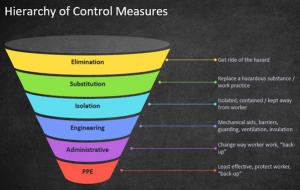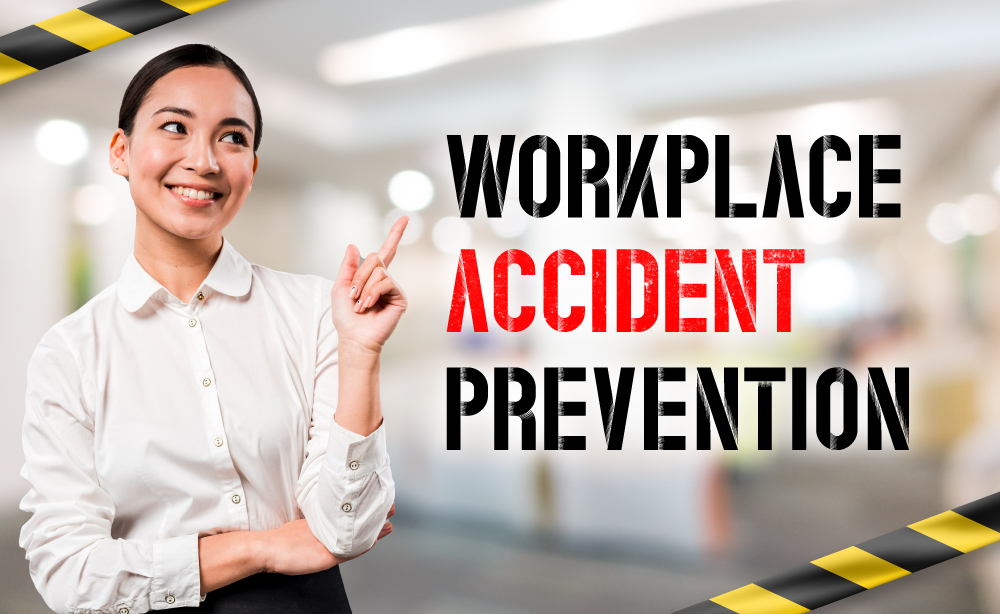Everyday, we receive news of workplace accidents that have resulted in injury, illness, fatality, damage to property and the environment. These incidents not only affect employers and employees but also could impact the organisation as a whole.
Workplace accidents not only cause loss of productivity but can also impact on other employees and cause them to feel unsafe in the workplace. When an accident occurs in the workplace and causes a worker to get injured, requiring him or her to take medical leave or be hospitalised, these disruptions might result in the inability to perform work normally. For serious injury cases, it might take longer for the worker to be able to return to work. The worst – case scenario might be that the worker loses her or his job and source of income, diminishing morale and motivation to work, both of which can negatively impact productivity.
Moreover, employers who fail to exercise a level of care necessary to protect their workers from harm in the workplace that result in accidents or bodily injuries can have serious financial and legal implications. This situation may lead to a rise in worker’s compensation claims as well as possible litigation. Every non-compliance that leads to a penalty or lawsuit filed upon them can significantly impede business growth and might even drive a business into bankruptcy.
Preventing accidents from happening in the workplace and creating a safe and healthy work culture is the best way to protect employees, the public, and all other stakeholders as well as the organisation itself. In order to avoid workplace accidents, thorough and strategic safety and health planning is necessary for the workplace. Commitment and participation from every party involved is necessary to make this a successful programme.
Consider the following hierarchy of measures to control the hazards which may arise in your workplace that could lead to workplace accidents:

An organisation could provide resources to educate workers of known hazards and the risks that arise from them and educate employees on ways to reduce their chances of injury and illness. Create safety and health awareness. This can be done through safety briefings, toolbox meetings and safety talks. Hazard communication is also important in the workplace. This can be done by having adequate safety signages in place. Train employees on emergency procedures, accident reporting and how to manage workplace hazards safely. Also, enforce proper attire such as hard hats, safety gloves and safety shoes to be worn at all times while working because this can help to reduce workplace accidents.
In a conclusion, identifying hazards in the early stages before the start of work can be helpful in preventing workplace accidents. An organisation with a successful safety and health programme will provide a safe and healthy working environment for everyone and thus lead to an increase in productivity and successful business.
“An Ounce of Prevention is Worth a Pound in Cure” – by Benjamin Franklin

